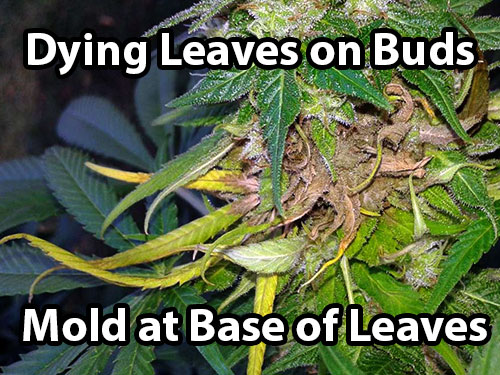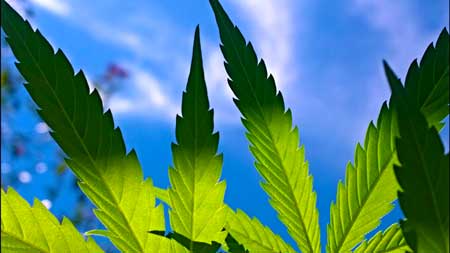Announcement
Collapse
No announcement yet.
What is your biggest question about growing cannabis?
Collapse
This is a sticky topic.
X
X
-
I'm just starting my first grow using super soil concentrate by NLS/ I found that the quantities recommended resulted in more runoff than recommended. I have been watering less but more frequently just to the point of slight runoff. Searching for the recommended moisture level for the lower level of my 12x12x12 hard pot. Ten inches down.
-
How are you prepping the RW?
Rockwool has a naturally high pH, typically around 8.0.
Starting seeds can sometimes be a stressful adventure. It’s a constant balance between keeping them wet enough to promote germination without having them so wet they dampen off and die. Rockwool cubes are popular for germinating seeds in because of their excellent moisture retention — they are great at helping to keep seeds or seedlings from drying out but don’t let them sit in a waterlogged environment.
-
What's your secret to getting your seeds going in rock wool? I'm not having any luck with it at all, lost lots of time and seeds trying to get them going, running a dwc same as siriusOriginally posted by NebulaHaze View Post
Thanks.
Leave a comment:
-
I agree. Probably best to just cut them down and wait until next year or go indoors.
-
- Likes 1
Leave a comment:
-
Hi i was wondering if you can tell me if this black/purple inside bud is normal?
thanks!1 Photo
Leave a comment:
-
Inkbird is a humidity and ventilation controller. Basically auto on off for 2 receptacles within programmable ranges. Heat went way up with the second light as is. I'm currently redesigning. It's all going amazing tho. New Apple Truffle Breath strain is a beast. Super vigorous and roots in a week from clones.
-
What does the Inkbird control?
Lighting looks good! Do you have a light meter to take readings in the corners and edges? Curious how much of a PPFD drop there is from your hot spot readings with both lights in the tent. How's the temperature with both lights running?
Leave a comment:
-
Rootsruler this came in his care package also. Old school but it will do some work for me.
- Likes 1
Leave a comment:
-
I just threw it in to analyze but here it is next to the quantum board as is. It's super hot in the box.
-
Exactly my plan. That old type of panel cools better out of the box too. So I can reduce the fans by simply improving the air flow
-
Since your an electrotech any way for you to rearrange the panels more like a bar light? You'll get better light spread if you can.


Leave a comment: